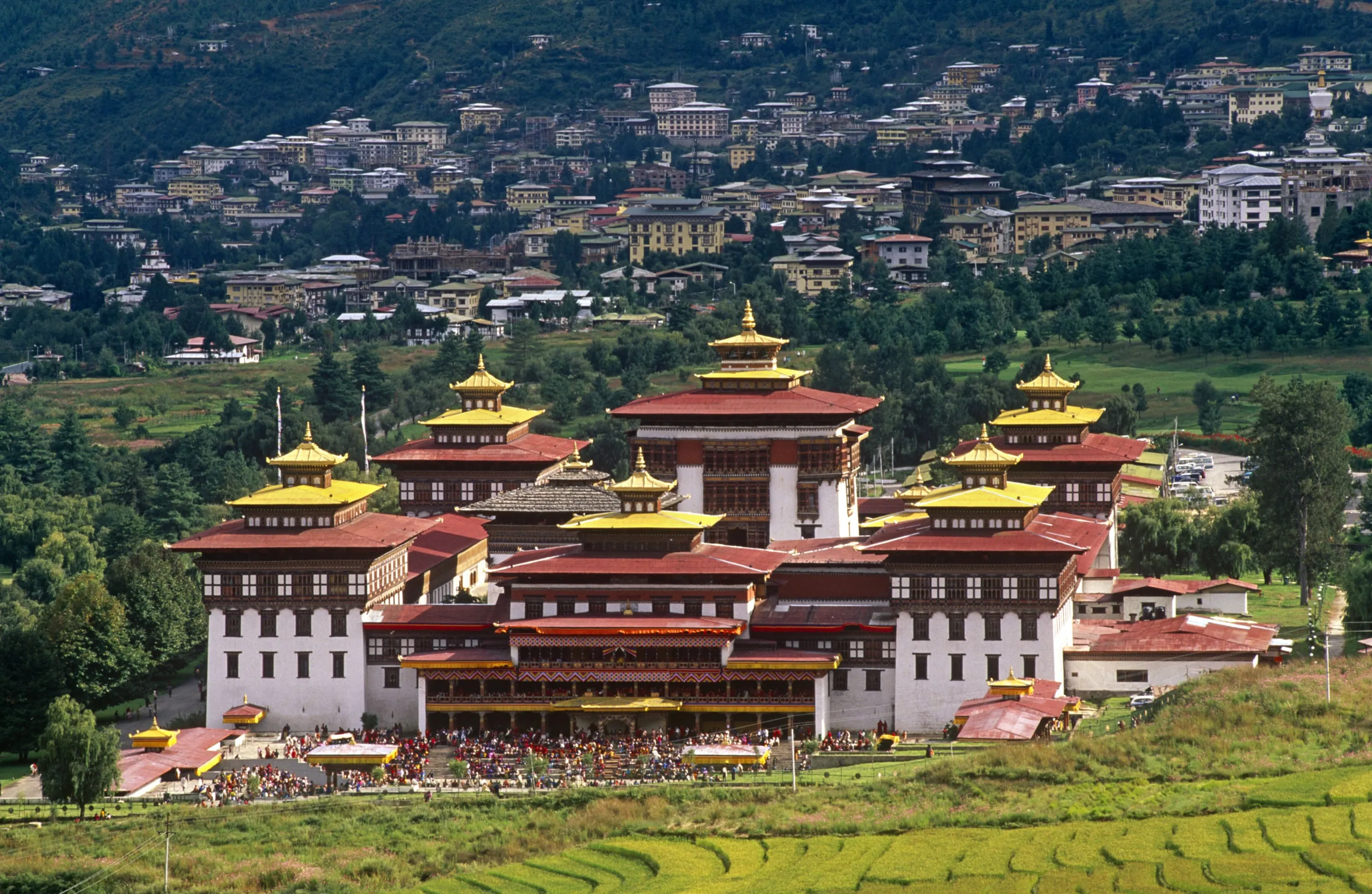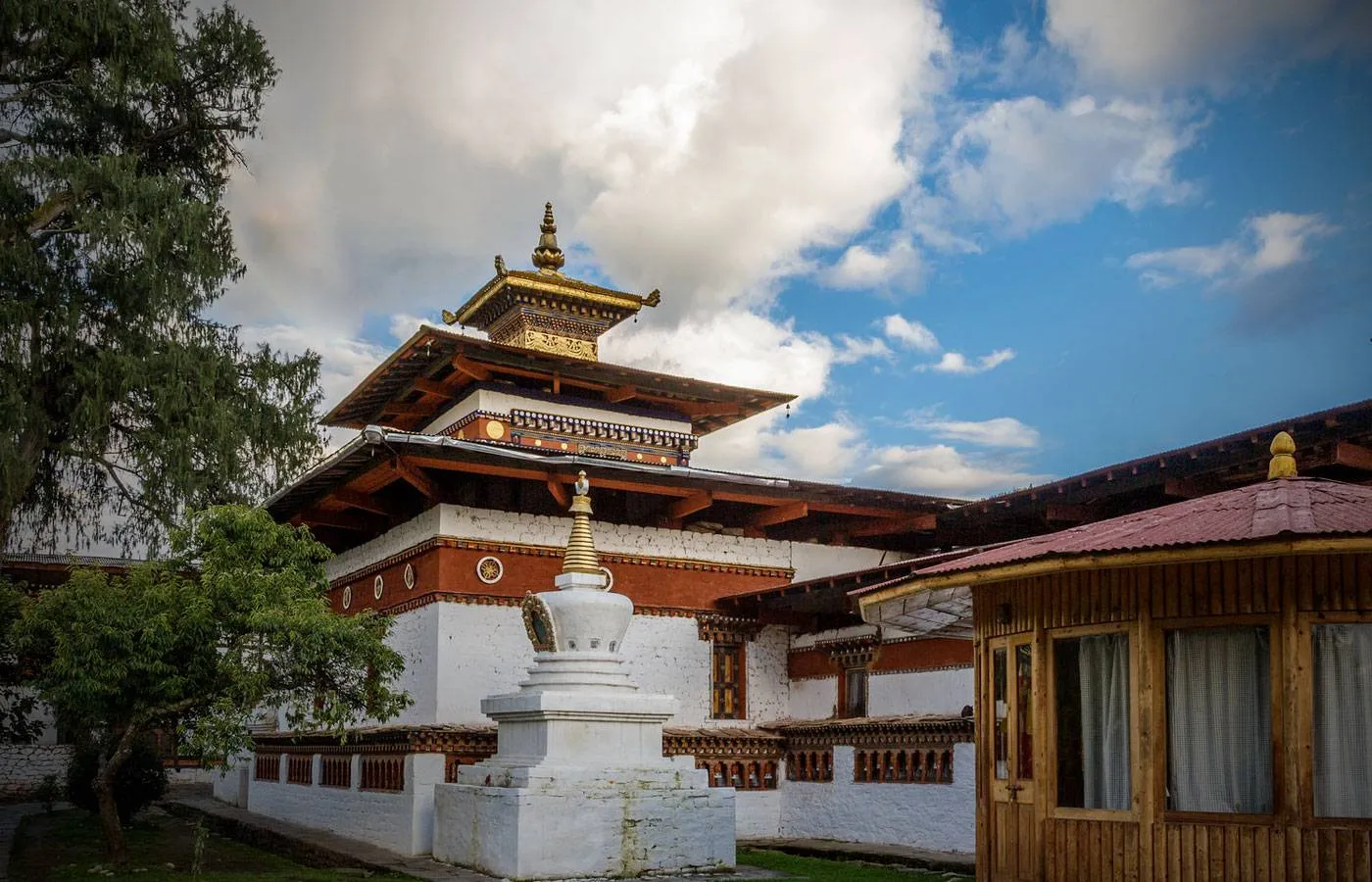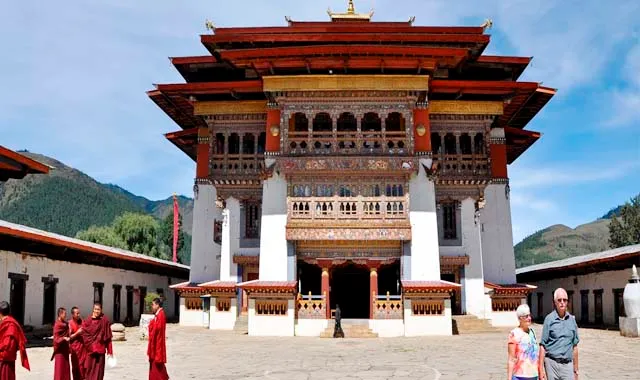A Journey Through Bhutan's Sacred Monasteries and Temples
Bhutan’s sacred sites, like Paro Taktsang and Punakha Dzong, showcase its spiritual depth, unique architecture, and rich cultural heritage.
Bhutan, a small kingdom nestled in the Eastern Himalayas, is renowned for its stunning natural beauty, rich cultural heritage, and spiritual tranquility. Its landscape is dotted with numerous monasteries and temples, each holding significant historical, cultural, and religious importance. This journey through Bhutan’s sacred sites offers a glimpse into the deep-rooted spirituality and the unique Bhutanese architecture that have made the country a symbol of peace and serenity.
Paro Taktsang (Tiger's Nest Monastery)

One of the most iconic and revered monasteries in Bhutan is Paro Taktsang, also known as the Tiger's Nest Monastery. Perched precariously on a cliff 3,120 meters above sea level, it is a sight to behold. The monastery was built in 1692 around a cave where Guru Rinpoche (Padmasambhava) meditated in the 8th century. According to legend, he flew to this location on the back of a tigress, which is how it earned its name. The trek to Tiger's Nest is both challenging and rewarding, offering spectacular views and a profound sense of accomplishment upon reaching the monastery.
Punakha Dzong (Pungthang Dechen Phodrang Dzong)

Punakha Dzong, also known as the "Palace of Great Happiness," is one of the most beautiful and significant dzongs in Bhutan. Located at the confluence of the Pho Chhu and Mo Chhu rivers, it served as the administrative center and the seat of the government until the capital moved to Thimphu in 1955. The dzong is renowned for its stunning architecture, intricate woodwork, and historical importance. It is also the winter residence of the Dratshang (official monk body) and the site of the annual Punakha Tshechu (religious festival).
Tashichho Dzong

Tashichho Dzong, located in the capital city of Thimphu, is another important religious and administrative building. It has been the seat of Bhutan’s government since 1952 and houses the throne room and offices of the king, the secretariat, and the ministries of home affairs and finance. The dzong is also the summer residence of the monastic body and the Je Khenpo (chief abbot) of Bhutan. The structure is an excellent example of Bhutanese architecture, with its massive walls, large courtyards, and elegant interiors.
Kyichu Lhakhang

Kyichu Lhakhang, located in the Paro Valley, is one of Bhutan's oldest and most sacred temples. It was built in the 7th century by the Tibetan King Songtsen Gampo as part of his effort to pin down a demoness who was preventing the spread of Buddhism. The temple complex includes two temples: the original Kyichu Lhakhang and a newer one built in 1968 by the Queen Mother, Ashi Kesang Choden. The temple is revered for its spiritual significance and its beautiful gardens filled with prayer wheels and vibrant flowers.
Chimi Lhakhang

Chimi Lhakhang, also known as the "Fertility Temple," is situated in the Punakha Valley. It was built in 1499 by the 14th Drukpa hierarch, Ngawang Choegyel, in honor of Lama Drukpa Kunley, also known as the “Divine Madman.” Lama Drukpa Kunley was known for his unconventional teaching methods, often using humor and outrageous behavior to impart his teachings. The temple is a pilgrimage site for couples seeking blessings for fertility and children. The temple and its surroundings are adorned with phallic symbols, reflecting the unique legacy of Lama Drukpa Kunley.
Gangtey Monastery (Gangtey Goenpa)

Located in the Phobjikha Valley, Gangtey Monastery is an important center of Nyingma Buddhism. The monastery was founded in 1613 by Pema Thinley, the grandson of Pema Lingpa, a famous treasure finder. The valley is also the winter home of the endangered black-necked cranes, which migrate from Tibet. The monastery’s remote and serene location, coupled with its significant spiritual heritage, makes it a peaceful retreat for both monks and visitors.
Each site is a testament to Bhutan's deep spiritual roots, architectural ingenuity, and the harmonious way of life that has been preserved over centuries. A journey through these sacred sites is not only a pilgrimage but also an exploration of Bhutan's rich cultural tapestry and the enduring spirit of its people.







